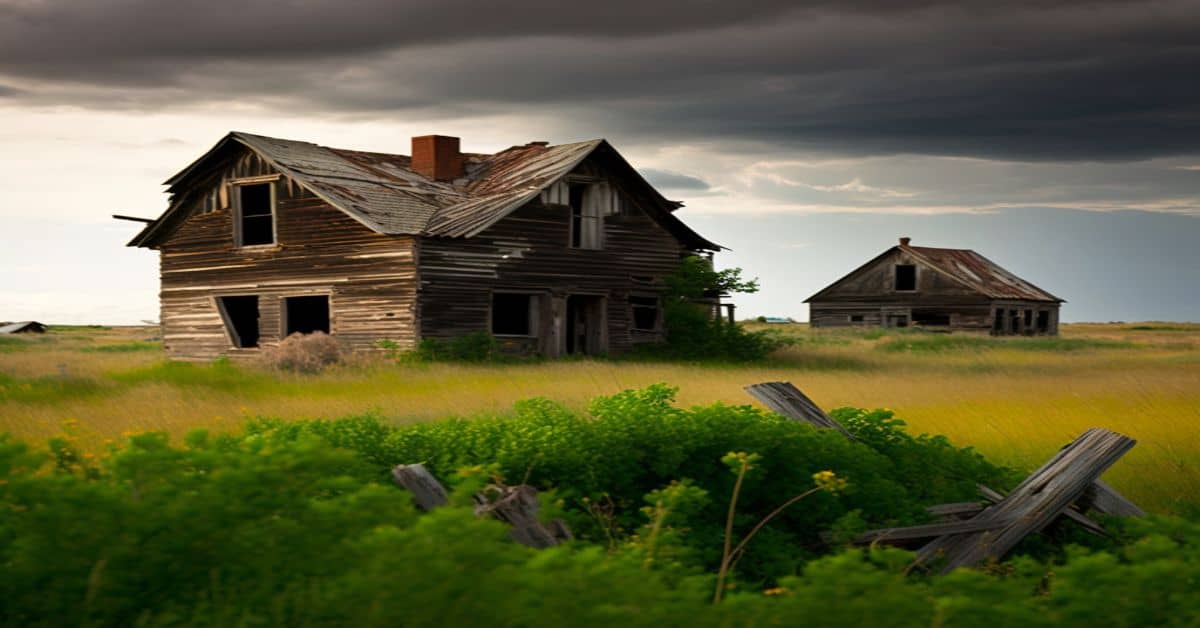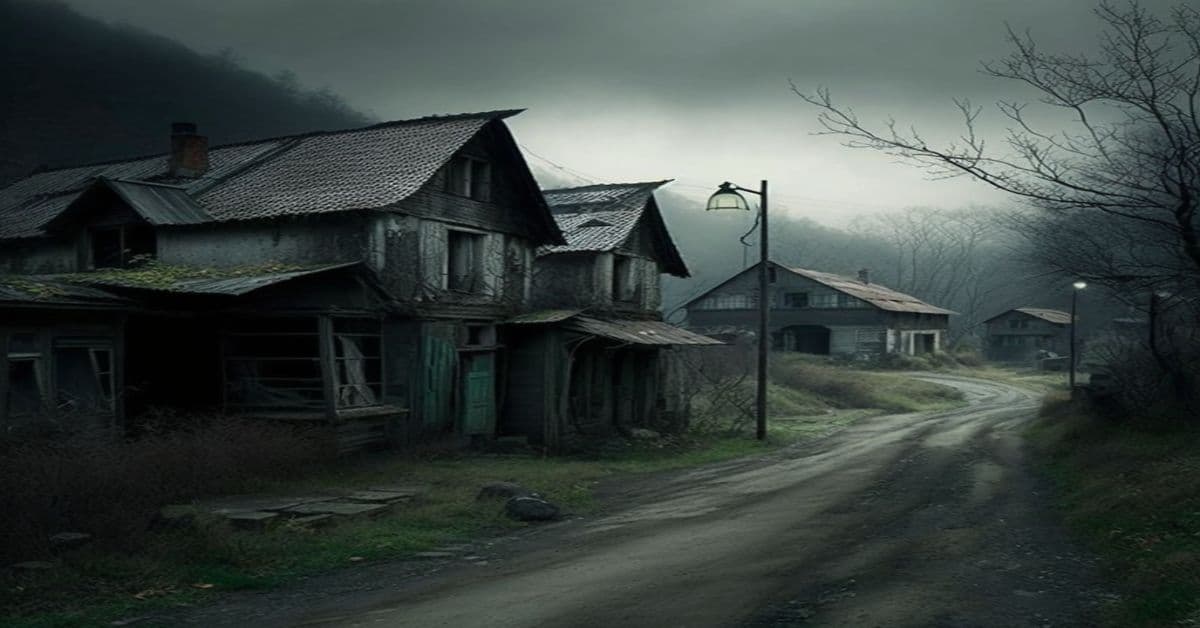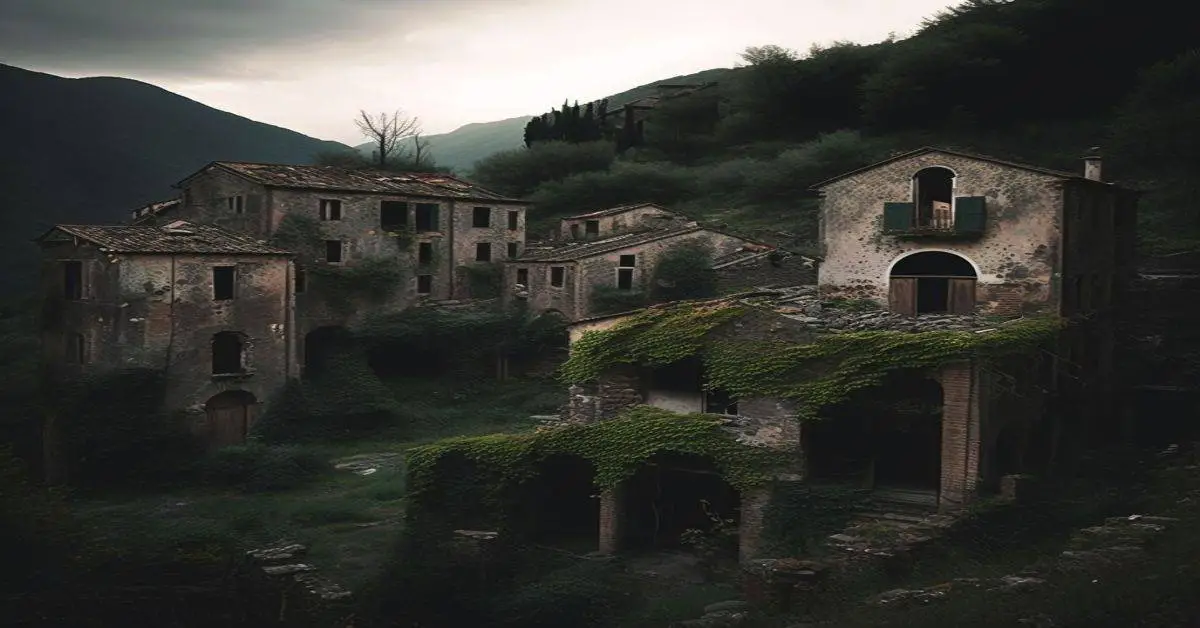Clear Lake, Washington is a semi-ghost town that holds a fascinating history. Established in 1877 as a bustling logging town, Clear Lake was once home to over 1,000 residents and boasted a shingle mill that could store an impressive 50 million feet of logs. However, the town’s golden era was short-lived, as the mill failed in 1925, leading to the demise of many businesses and the town’s subsequent decline.
Despite this, Clear Lake still retains many of its original buildings, making it a captivating destination for those interested in history and outdoor activities.
Located in Skagit County, Washington, Clear Lake sits 167 feet above sea level. The town experiences a relatively mild climate, with average temperatures ranging from 40°F in the winter to 70°F in the summer.
Clear Lake’s past is richly intertwined with the local logging industry, which played a significant role in its development. The town was a hub for logging companies, and the shingle mill was the largest employer, providing jobs for many residents.
Today, Clear Lake is a unique blend of history and natural beauty, allowing visitors to explore the town’s past and enjoy the great outdoors.
Key Takeaways
- Clear Lake was established in 1877 as a logging town and was once home to over 1,000 residents.
- The town’s decline began with the failure of the shingle mill in 1925, but many of the original buildings remain today.
- Clear Lake’s mild climate and beautiful natural surroundings make it a great destination for tourists interested in Pacific Northwest history and culture.
- Visitors can explore the remains of the original buildings and learn about the town’s history as a bustling logging community.
Location and Climate
Clear Lake, a semi-ghost town in Skagit County, Washington, boasts a rich history and unique geography. The town is situated in the heart of the Pacific Northwest, surrounded by towering fir, cedar, hemlock, spruce, white pine, larch, and deciduous trees. The area’s timber resources have been a driving force behind Clear Lake’s development since its inception in 1877.
Despite being a semi-ghost town, Clear Lake still has tourism potential due to its stunning natural surroundings and well-preserved historic buildings. The town’s cool climate during both winter and summer makes it a suitable place to visit anytime.
Visitors can explore the remains of the original buildings and learn about the town’s history as a bustling logging community. Clear Lake’s unique blend of natural beauty and rich history makes it a must-visit destination for anyone interested in Pacific Northwest history and culture.
History and Development
The settlement surrounding Clear Lake dates back to 1877 and was primarily focused on the logging and timber industries.
The town flourished during the early 20th century, with a population of 350 people in 1906 and over 1000 people living there around 1915, along with another 500 or so in logging camps.
The town’s main industry was the shingle mill, built in 1891 and could store up to 50 million feet of logs in Clear Lake.
However, the logging industry in Clear Lake declined after the mill failed in 1925 and many businesses were brought down with it.
Today, Clear Lake is a semi-ghost town with many of the original buildings still standing, but with only a few residents.
Despite the decline, the town’s rich history and contribution to the logging industry can still be seen and appreciated today.
Current State and Attractions
One can observe the present state of the town and its attractions by visiting the remaining structures and exploring the natural surroundings.
Clear Lake, Washington is a semi-ghost town with many original buildings still standing today. However, these abandoned buildings have been left to decay, now standing as a reminder of the town’s past.
Despite the town’s dilapidated state, Clear Lake’s natural surroundings remain a draw for visitors. The area is surrounded by fir, cedar, hemlock, spruce, white pine, larch, and deciduous trees, providing a picturesque setting for hiking and enjoying the outdoors. The town’s proximity to Clear Lake also offers fishing and boating opportunities.
While the town may not have the bustling population it once had, its natural attractions continue to draw visitors today.
“Located on the North Fork of the Tieton River, 34 miles southwest of Naches, WA, Clear Lake Reservoir is created by Clear Creek Dam. The surface area of the reservoir is 260 acres. The rugged mountain terrain, surrounded by coniferous forests, creates magnificent scenic settings. Clear Lake is in the Wenatchee National Forest.”
https://www.recreation.gov/camping/gateways/3133
Frequently Asked Questions
What was the main source of income for the residents of Clear Lake?
Clear Lake residents relied heavily on the logging industry, with over 50 million feet of logs stored at one time. Farming and fishing were not major economic activities. In 1906, the population grew to 350, but the mill’s failure in 1925 brought down many businesses.
Were there any notable events or incidents in Clear Lake’s history?
Notable events in Clear Lake’s history include the construction of a shingle mill in 1891, growth in population to 1000 by 1915, and the mill’s failure in 1925 which brought down many businesses. The impact on surrounding areas and historical figures are not discussed.
Are there any legends or folklore associated with Clear Lake?
There is no evidence of supernatural sightings or local folklore associated with Clear Lake. However, the impact of the town’s logging industry on nearby communities and its cultural significance as a semi-ghost town with remnants of original buildings make it a noteworthy historical site.
What is the current population of Clear Lake?
Population statistics and demographic analysis for Clear Lake are unavailable as it is currently a semi-ghost town with few to no residents. The town’s population peaked in the early 1900s with around 1,500 people.
Are there any plans for development or restoration of the town’s historic buildings in the future?
While the town of Clear Lake boasts many original buildings, there are no current plans for historic preservation. Community engagement is crucial for such efforts, but the town’s future remains uncertain.


